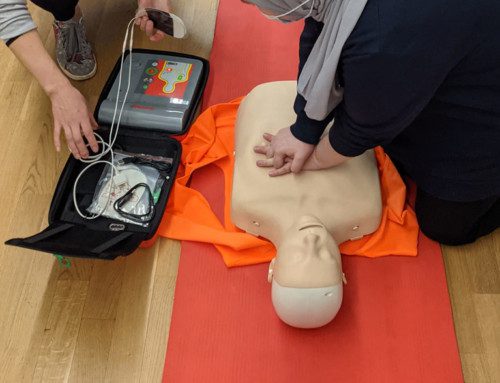Do you like to get your day started with a morning run? Perhaps you enjoy running in the afternoon for a midday pick-me-up, or maybe you prefer going for a run to clear your mind after a hard day at the office
Whatever time you choose to run and whatever the reason, it's important to make sure your biomechanics are correct throughout the activity.
The Wrong Way to Run
There are many ways to run, meaning that there are a variety of unique compensation strategies for maximizing efficiency in the body. However, not every running technique is safe.
Ask yourself the following question: do your heels strike when you run?
If so, you'll need to adjust your approach, as research has shown that your heel should never strike the ground during a run. Having your heel hit the ground as you run is painful and inefficient, as you're essentially "slamming on the brakes."
Once your center of mass (trunk) travels over your base of support (foot in contact with the ground), then acceleration occurs again. By taking the heel strike out of the equation, one can maintain constant acceleration.
Proper Running Practices
According to Dr. Nicholas Romanov, author of Pose Running Method, there is a specific and skilled way to train the technique of running. He has trained many runners over the last few decades to improve their efficiency drastically. The training includes increased quickness in cadence, as well as implementing forward trunk lean to enage the hamstrings more effectively.
SetPT Resources for Runners
Are you interested in more ways to improve your skill as a runner? Check out the following articles written by your SET Physical Therapy therapists:
- How to Improve Your Breathing While Running
- Injury Prevention Tips for Runners
- Is Barefoot Running a Good Idea?
- What to Know About Running with Low Back Pain
If you are interested in improving your overall efficiency as a runner, schedule an appointment with one of our physical therapists for a running assessment today!





